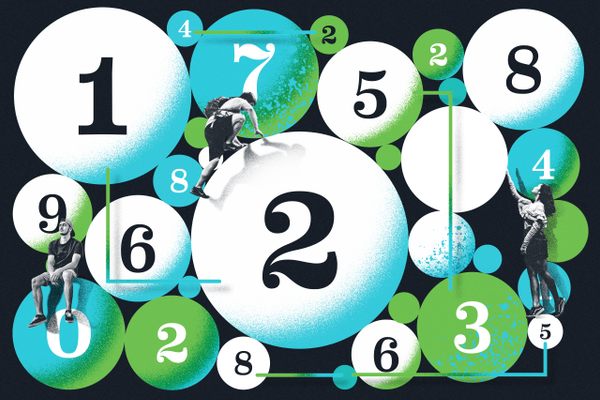A Corn Maze Where You Can Get Lost in Dali’s Mustache
Salvador Dalí at Mike’s Maze (design by Will Sillin, courtesy Mike’s Maze)
While hedge mazes and topiaries have been around for centuries, the idea of cutting shapes into fields of food crops is surprisingly young.
Crop circle in Switzerland (via Jabberocky/Wikimedia)
Pranksters Doug Bower and Dave Chorley first started knocking out “crop circles” in English fields of rapeseed and barley at some point in the 1970s, and attention from conspiracy theorists and UFO fans quickly turned agricultural vandalism into a fad, with the designs developing increasingly elaborate patterns and shapes. By the 1990s, crop art had become something of an art form, sometimes turning fields into local tourist attractions in their own right.
When Bower and Chorley started demonstrating their techniques for the press, it wasn’t long before farmers started looking into building these attractions on purpose, growing them right from the ground up. But crop circle pranks remained a mostly-British fad, with England alone boasting about half the total reported designs in the world. When crop art finally made the jump to the United States a few years later, it was in a different form entirely: the great American corn maze.
Walking through a corn maze (photograph by the author)
Corn — the United States’ largest agricultural product, with more than 50 million acres (200,000 km2) dedicated to growing it — is the perfect medium for this kind of thing. Because of its fast growing cycle, it doesn’t take anywhere near as long as growing hedges or trimming topiaries, and its high planting density and great height (corn grows to about 10 feet, or 3 meters) makes it ideal for mazes, especially because the highest point of its seasonal growth cycle is right smack in the middle of Halloween season, the perfect time to get lost in a spooky field in the dark.
The first modern corn maze was cut in 1993 by the American Maze Company at the Lebanon Valley College in Pennsylvania, and imitators started cropping up all over the world almost immediately. Today there are dozens of annual corn mazes in the New England/Mid-Atlantic growing region alone, ranging from traditional labyrinths to full-on navigable art pieces.
The Warhol soup maze (design by Will Sillin, courtesy Mike’s Maze)
Mike’s Maze in Sunderland, Massachusetts, is most definitely in the latter category. Past years have seen cornfield portraits of Charles Darwin, dictionary creator Noah Webster, and celebrity chef Julia Child, as well as recreations of Andy Warhol’s iconic soup can and the Mona Lisa. The Maze is known for its annual puzzle games hidden throughout the maze; 2013’s design is a tribute to Salvador Dalí, and all the puzzles are based on optical illusions, complete with a forced-perspective room and a hall of mirrors (hidden somewhere around Dalí’s impressive mustache).
Charles Darwin and finches (design by Will Sillin, courtesy Mike’s Maze)
Louis Armstrong (design by Will Sillin, courtesy Mike’s Maze)
Noah Webster maze in 2011 (courtesy Mike’s Maze)
Mona Lisa Maze in 2001 (courtesy Mike’s Maze)
King Tut maze in 2003 (courtesy Mike’s Maze)
Einstein maze in 2005 (courtesy Mike’s Maze)
The Maze also features a petting zoo of local farm animals, a barn cafe serving traditional local harvest specialties like cider donuts and kettle corn, and — my favorite — a cannon that shoots potatoes at a giant target.
Mike’s Maze in Sunderland, Massachusetts is open 10 am - 5 pm on weekends (and 7-10 pm Friday and Saturday nights, for a spookier game in the darkness) from August to November; $10 for adults/$8 for children.







Follow us on Twitter to get the latest on the world's hidden wonders.
Like us on Facebook to get the latest on the world's hidden wonders.
Follow us on Twitter Like us on Facebook